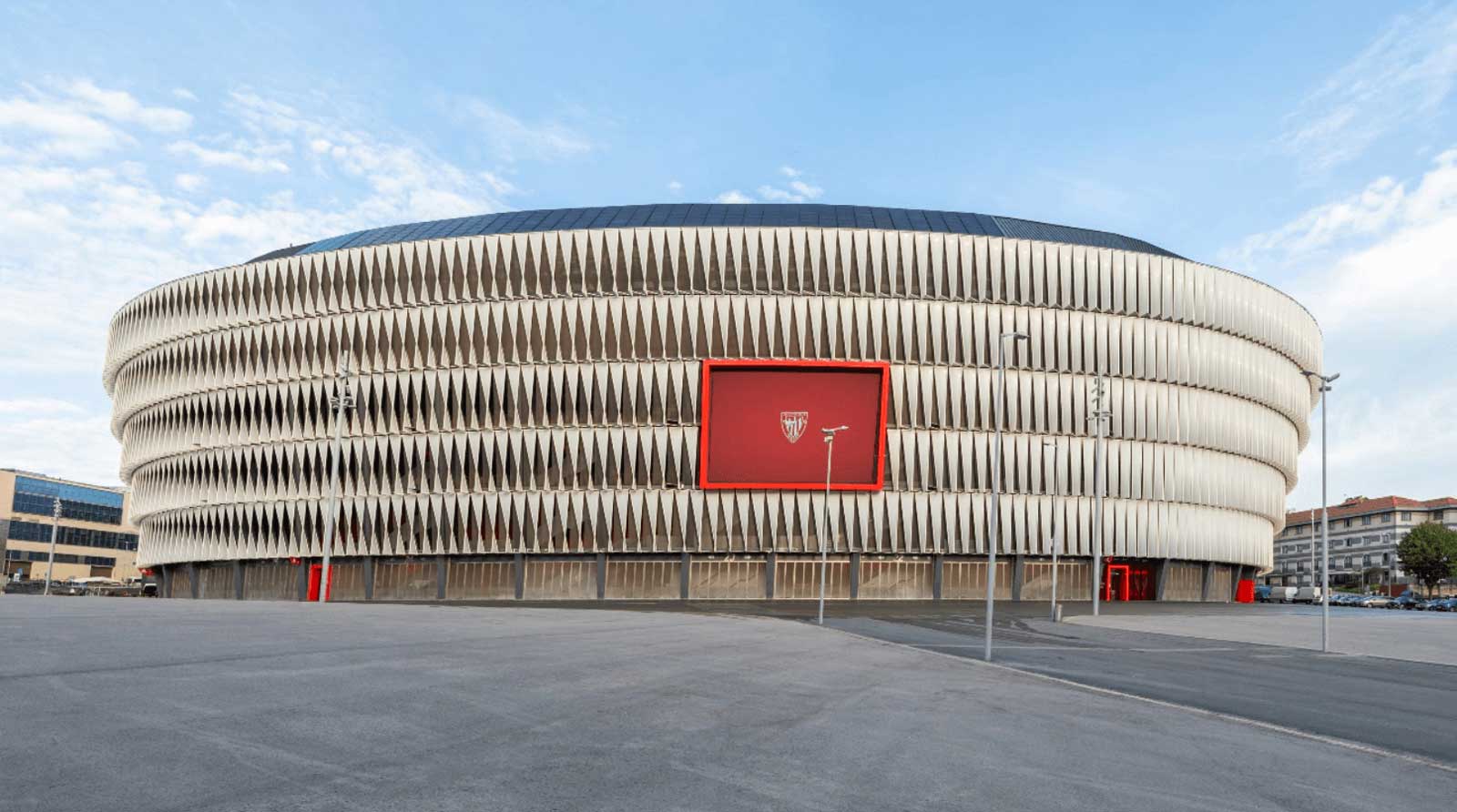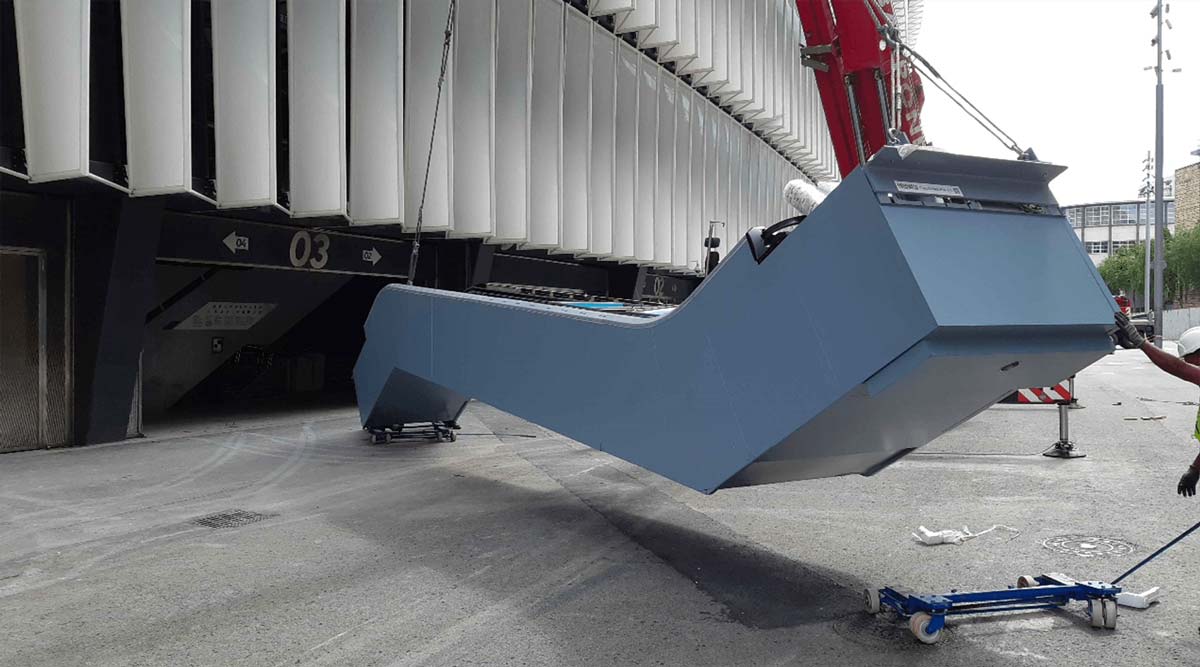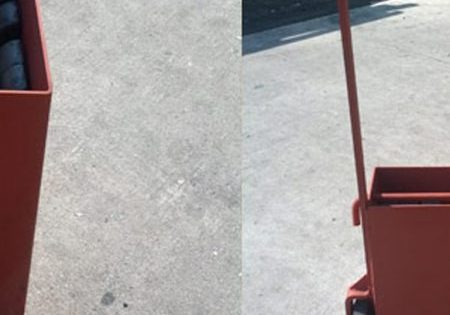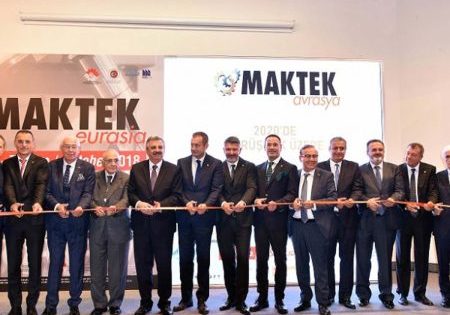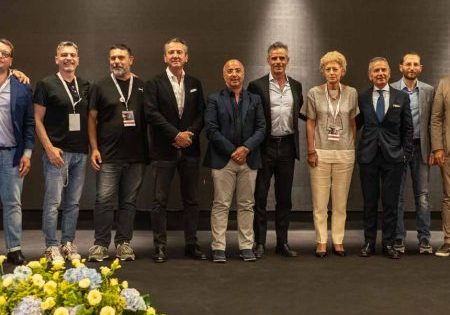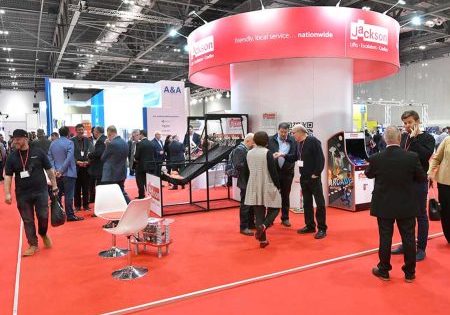TKE provides 12 escalators to San Mamés Stadium in Bilbao, Spain.
by Helena Calado
Inaugurated in 2013, San Mamés Stadium in Bilbao, an industrial port city in the Basque Country of northern Spain, is no stranger to accolades. Its innovative and avant-garde design by César Azkarate of global multidisciplinary firm IDOM won the award for best sports building at the World Architecture Festival in 2015 and the Venue of the Year award at the World Football Summit in 2017. It was the first European football (soccer) stadium to achieve LEED sustainable building certification. Capable of accommodating more than 53,000 spectators, the stadium is focused on leisure and entertainment and is the ultimate expression of modernity. It is comfortable and fully accessible. TK Elevator (TKE) was a key part of providing accessibility at this new Bilbao architectural landmark and, in fact, received a 2018 ELEVATOR WORLD Project of the Year award for the custom escalators it designed and installed at the Athletic de Bilbao Museum housed on the stadium’s ground floor.
At the stadium itself, TKE’s work focused on improving the lives of occupants, including those who come to cheer on Athletic Bilbao, the city’s beloved soccer team. A total of 12 escalators were installed to facilitate spectator access to the stadium’s upper ring, which can accommodate more than 29,000 people.
Placed carefully within the venue’s bright red accent elements, these mobility solutions alleviate crowding, promote smooth passenger flow and provide an enhanced experience for visitors. The general contractor for the stadium was Bilbao-based Construcciones FHIMASA, S.A., and TKE’s client for the escalator portion of the project was stadium owner Athletic Club.
The uniqueness of this project resides in the fact that escalator installation was carried out in a space that was not foreseen to have been able to accommodate it. This posed a challenge in terms of planning and unit assembly — a challenge that was successfully overcome thanks to an experienced TKE team.
A total of 12 TKE Velino model escalators — three in each of the stadium’s four sections (Main, East, North and South) — were installed. With slopes between 4.3-5.4 m and a 35˚ incline, the units are specially adapted to accommodate heavy passenger traffic. In addition, they are resistant to a humid, corrosive environment, which was essential given the stadium’s proximity to the Bilbao Estuary. The skirting boards and covers are constructed of ANSI 316 stainless steel, and the electrical installations and IP 65-protected motors are adapted to operate in these conditions. “The Velino model adapts perfectly to the aesthetic requirements of the building, with lighting both in the plinths and under the handrails,” TKE Norte Project Manager Carlos Trapiella observed. The units include an energy-saving, frequency inverter.
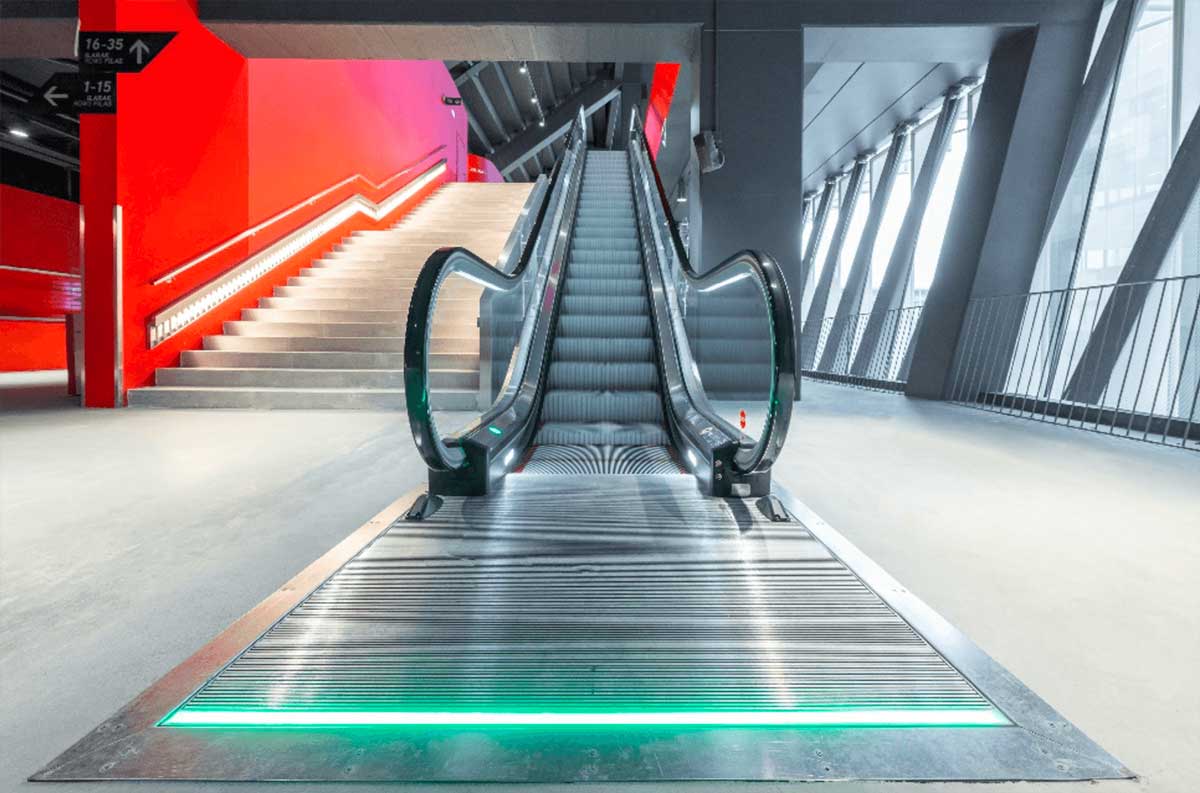
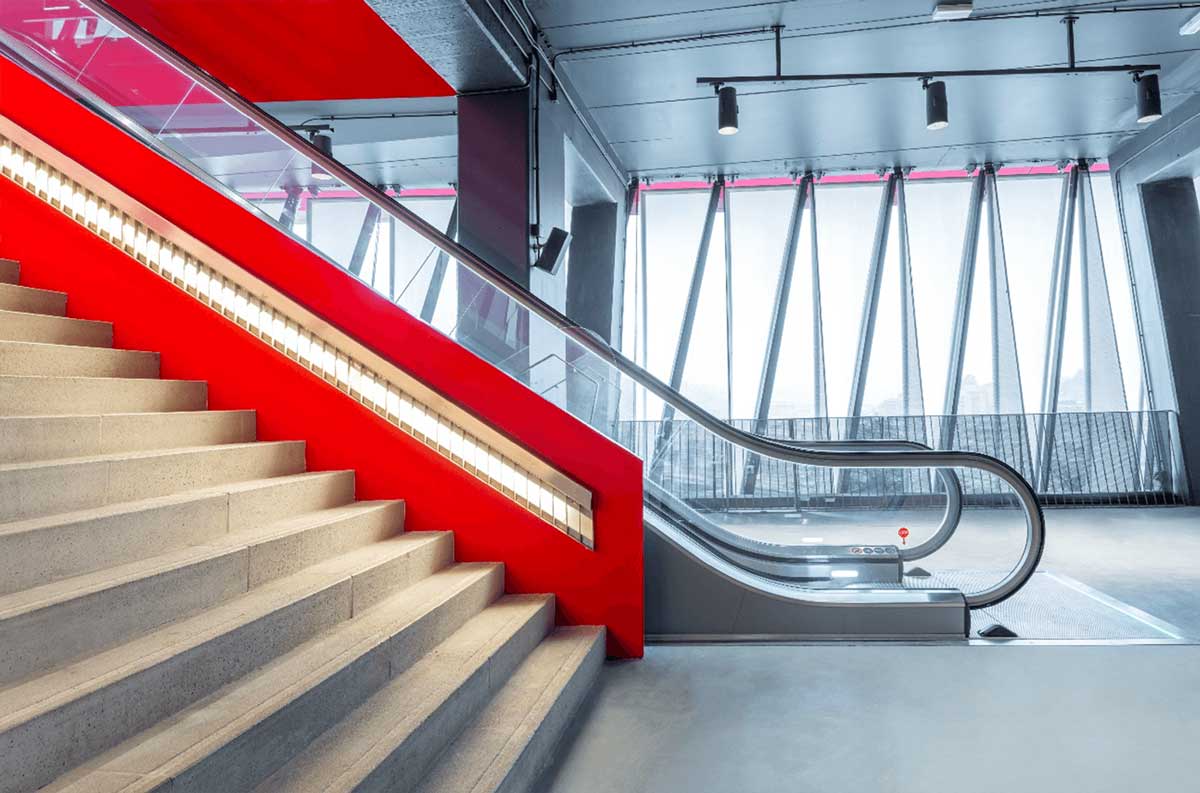
The Velino model adapts perfectly to the aesthetic requirements of the building, with lighting both in the plinths and under the handrails.
— TKE Norte Project Manager Carlos Trapiella
To help ensure passenger safety, the escalators have 1,100-m-high safety-glass balustrades, which alleviate the risk of falls. In addition, they have a curtain of photocells in their plinths, so these “moving staircases” can be started, stopped or even reversed from a control station or building management system. “TKE’s work in the San Mamés Stadium guarantees an avant-garde, safe system focused on sustainability and user experience,” Trapiella said.
Design and Manufacturing
TK Elevator S.L.U. is a leading company in the supply of elevators and escalators in Spain, thanks in large part to the experience and expertise of workers at the manufacturing facility, TK Norte in Mieres, Asturias. “Working to the highest design and manufacturing standards results in high-quality products that prioritize safety, availability and comfort for users,” Trapiella observed.
Assembly
Assembly was the main challenge of this project, due to previously agreed-upon deadlines and limited space configuration. Because the escalators were being installed in an already-built stadium, TKE technicians had to take into account entrance locations and unit placement to meet the client’s high expectations.
Transport
Trailer trucks transported the units from the TK Norte factory to the stadium — a nearly 3-h drive. Municipal authorization was obtained to allow trucks and cranes into the areas surrounding the stadium.
The ladders for each arrived at the same time. First, upper-stair sections were introduced and brought onto the first floor. Next, lower and intermediate sections arrived, assembled in their entirety, and also brought onto the first floor.
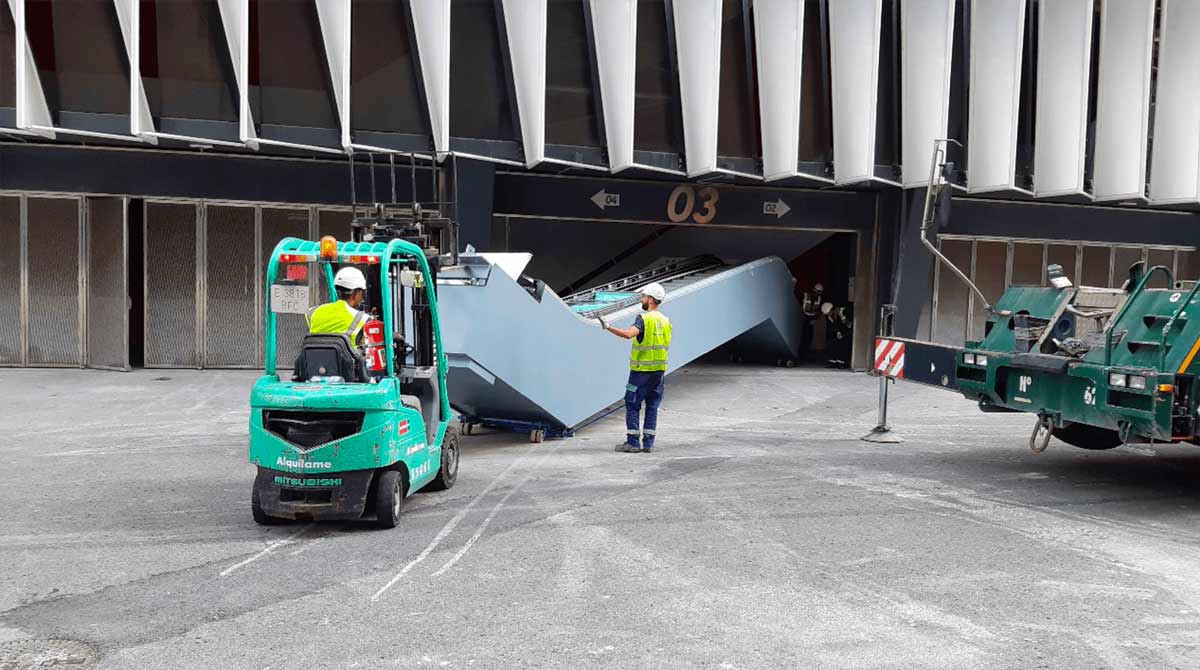
Unloading
Trucks arrived in the vicinity of an automobile crane parked near the gate, through which units would have to enter. Guided by a programmed strobe light, the crane removed sections or entire units from the lorry and delivered the pieces to their final destinations with the help of a “mechanical bull” weighing 2.5 mT, which pushed or pulled the pieces to guide them precisely to their locations. Able to push or pull the units, but not carry them, the “bull” process was followed for the lower and intermediate escalators, as well.
For the second-floor escalators, for which it was not possible to use a mechanical bull, the team used a puller to guide the sections into place. Once the units had been unloaded by crane and set on the ground, the team brought them inside the stadium through four previously agreed-upon entry gates.
Entry From the Second Floor
To avoid dismantling the units, the team opted to enter the stadium from two points, rather than four. This meant they had to roll the units quite a bit more, but minimized disruption to the stadium. For the introduction of escalator sections for the north and east grandstand sections, workers and sections entered between pillars 13 and 14, and for the south and west grandstand sections, pillars 54 and 55.
As the stadium has a circular layout, space was limited and, consequently, stainless steel doors allowing entry had to be dismantled.
Finishing
When the lower units were supported, leveled and aligned, workers placed the frames and the treads, as well as pre-assembled elements such as parts of the balustrade. Because they come in two sections, the upper units involved more work. In addition to the aforementioned assembly, rails and chains had to be joined, and elements including pallets, glass, skirting boards, handrails and guiderails had to be placed into position. In addition, sections had to be joined.
Covering
With the stairs already assembled, all that remained was to cover them with plastic to protect them from construction dust and prevent traffic on them.
TK Elevadores and TK Norte, along with its many partners, are proud to have been a part of providing accessibility for this new landmark.
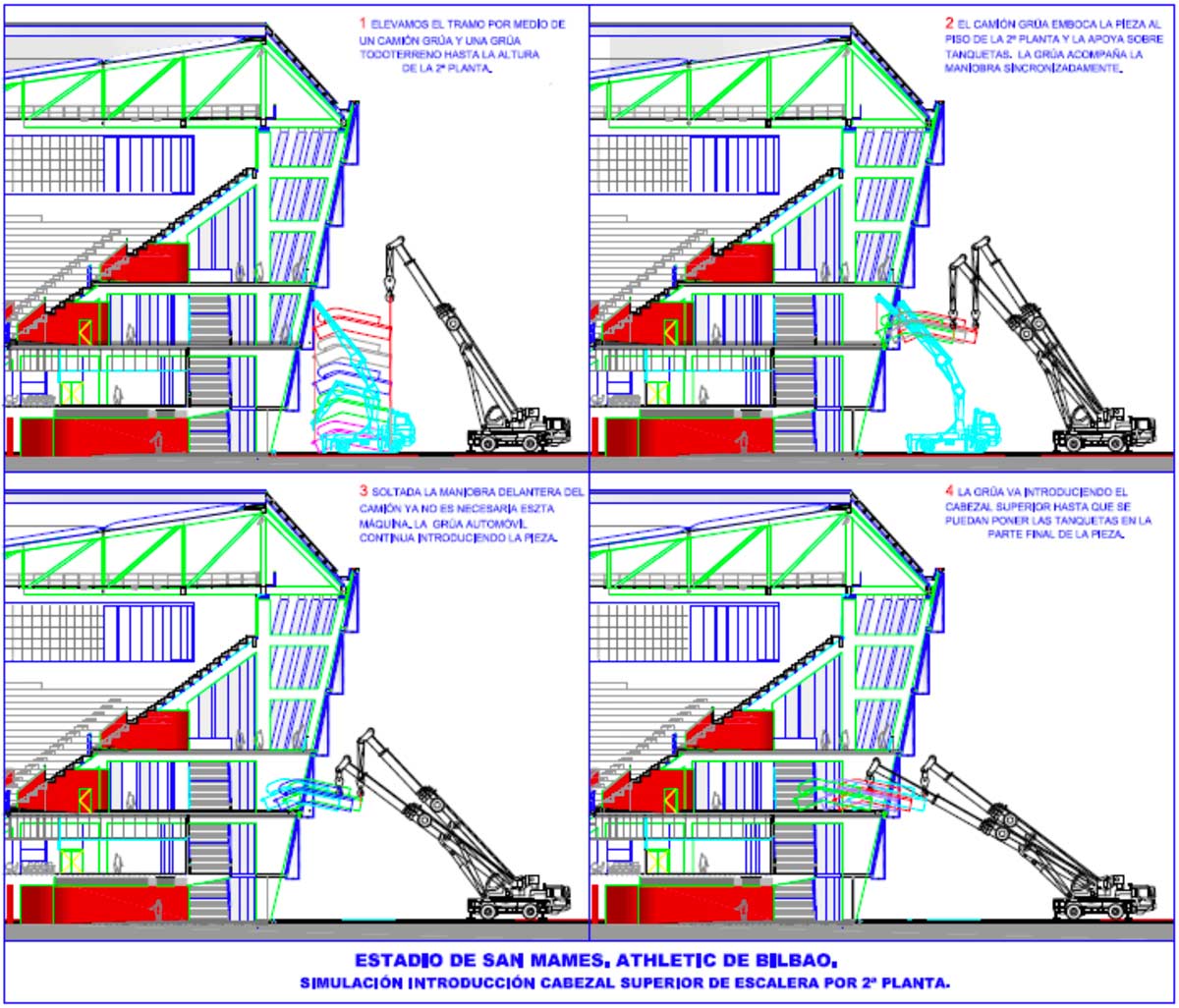
The Team
Although this project involved scores of skilled vertical-transportation industry professionals, as well as those from other trades, four TKE professionals guided it to its completion. They are:
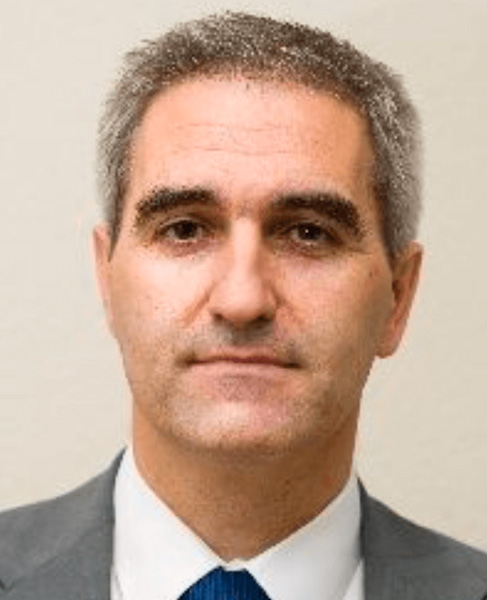
Joseba Ochoa Echaniz, sales manager, TK Elevadores S.L.U.
Echaniz is a technical industrial engineer who graduated from Spain’s Mondragón Labour University. He joined Ascensores Cenia as provincial delegate of Guipuzcoa in 1995, later holding the position of national sales manager. After the integration of Cenia into TKE, he became national sales manager, New Construction, at TK Elevadores. He is now managing special new installation projects in Spain’s northern region for TKE.
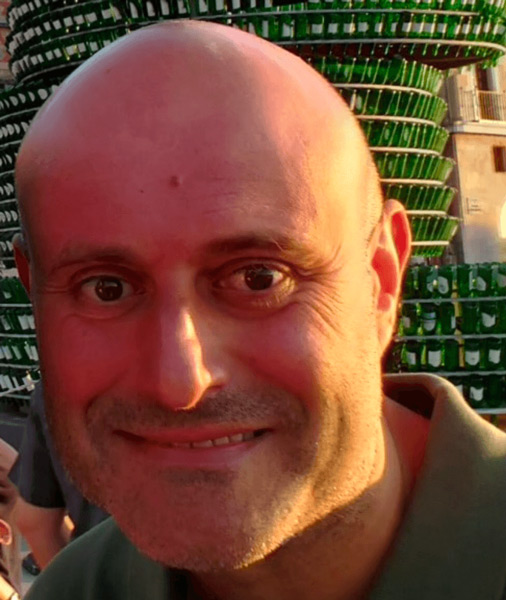
Carlos Trapiella, project manager, TK Norte.
Trapiella is an industrial technical engineer who graduated from the University of Oviedo in Asturias, Spain. He joined TKE in 2002 after working in quality management and inspection at different companies. For TKE, Trapiella has been involved in equipment design, specification and bid preparation for special projects. He is now project manager in the Special Assemblies department. With TKE, Trapiella has been involved in large metro projects in Bilbao and Madrid, Spain; Istanbul; NYC; and Cairo. He has handled urban accessibility projects in the Spanish cities of Leioa, Barcelona, Santa Coloma, Vitoria and Baracaldo; and airport projects in Barajas and Barcelona, Spain; Dubai; and San Francisco.
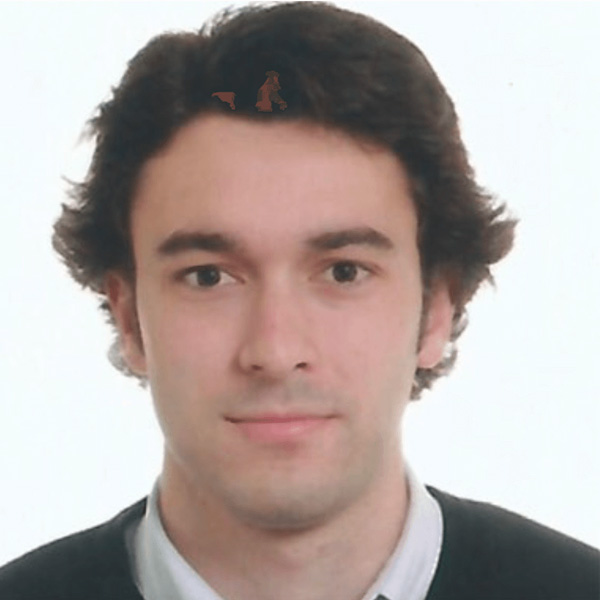
Pelayo Alonso Acebal, project manager, TK Norte.
Acebal holds a degree in mining engineering from the University of Oviedo. In 2020, he joined TK Norte’s New Installations department, overseeing escalator and moving walk projects for Spain and the rest of Europe.
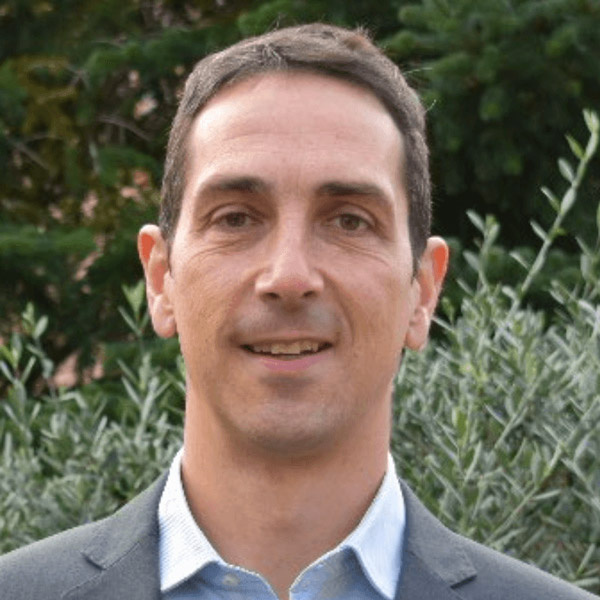
Manel Seral, assembly manager, TK Elevadores.
Seral is a technical industrial engineer who holds a degree from the Polytechnic University of Catalonia in Barcelona. He has been an assembly manager at TKE for more than 16 years, with a list of projects that includes Barcelona Airport Terminal 1; Lines 9 and 10 of the Barcelona Metro; and urban accessibility projects in Spanish cities of Barcelona, Santa Coloma de Gramanet, Granollers, Sabadell, Gava and more.
Get more of Elevator World. Sign up for our free e-newsletter.
